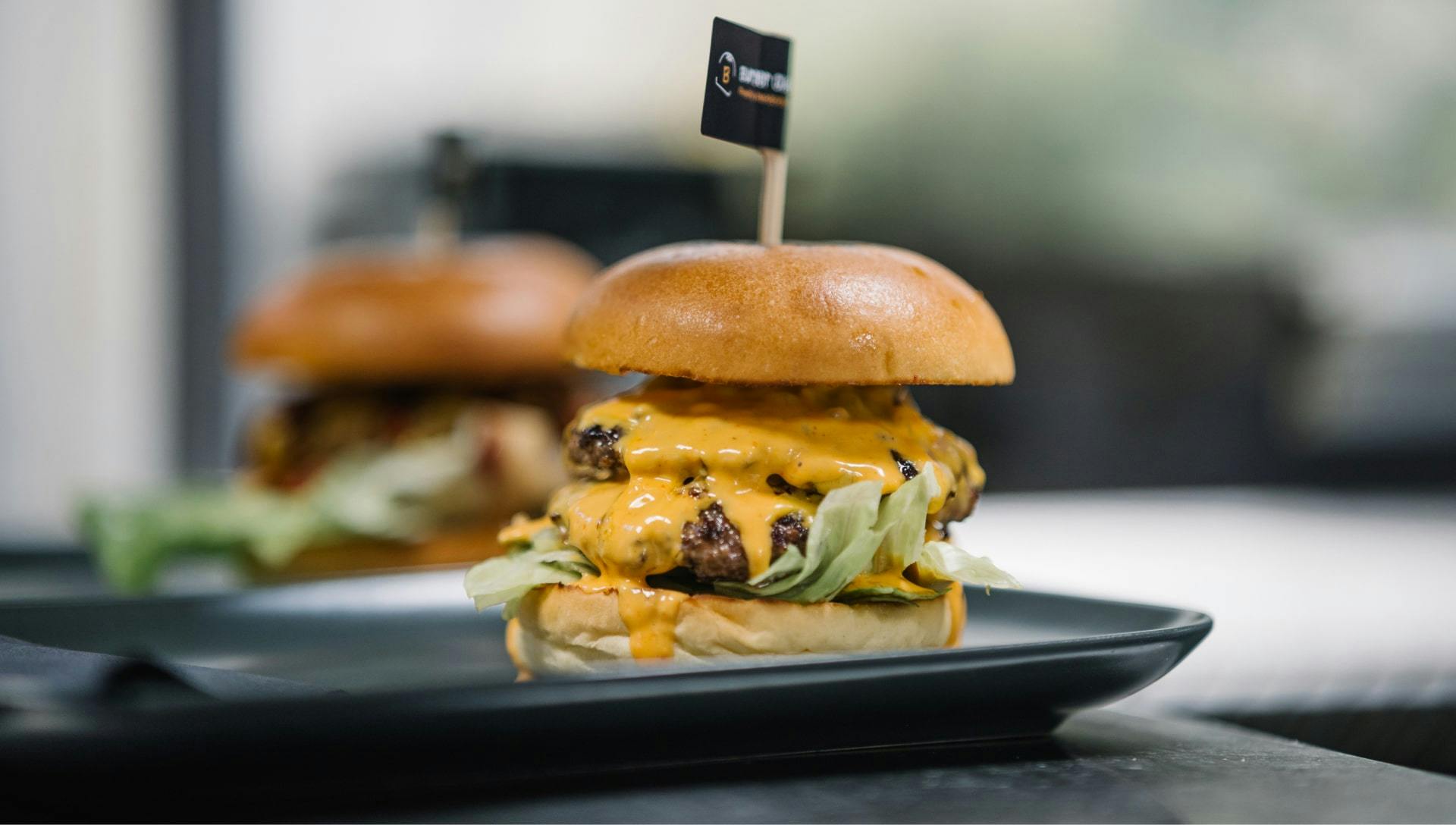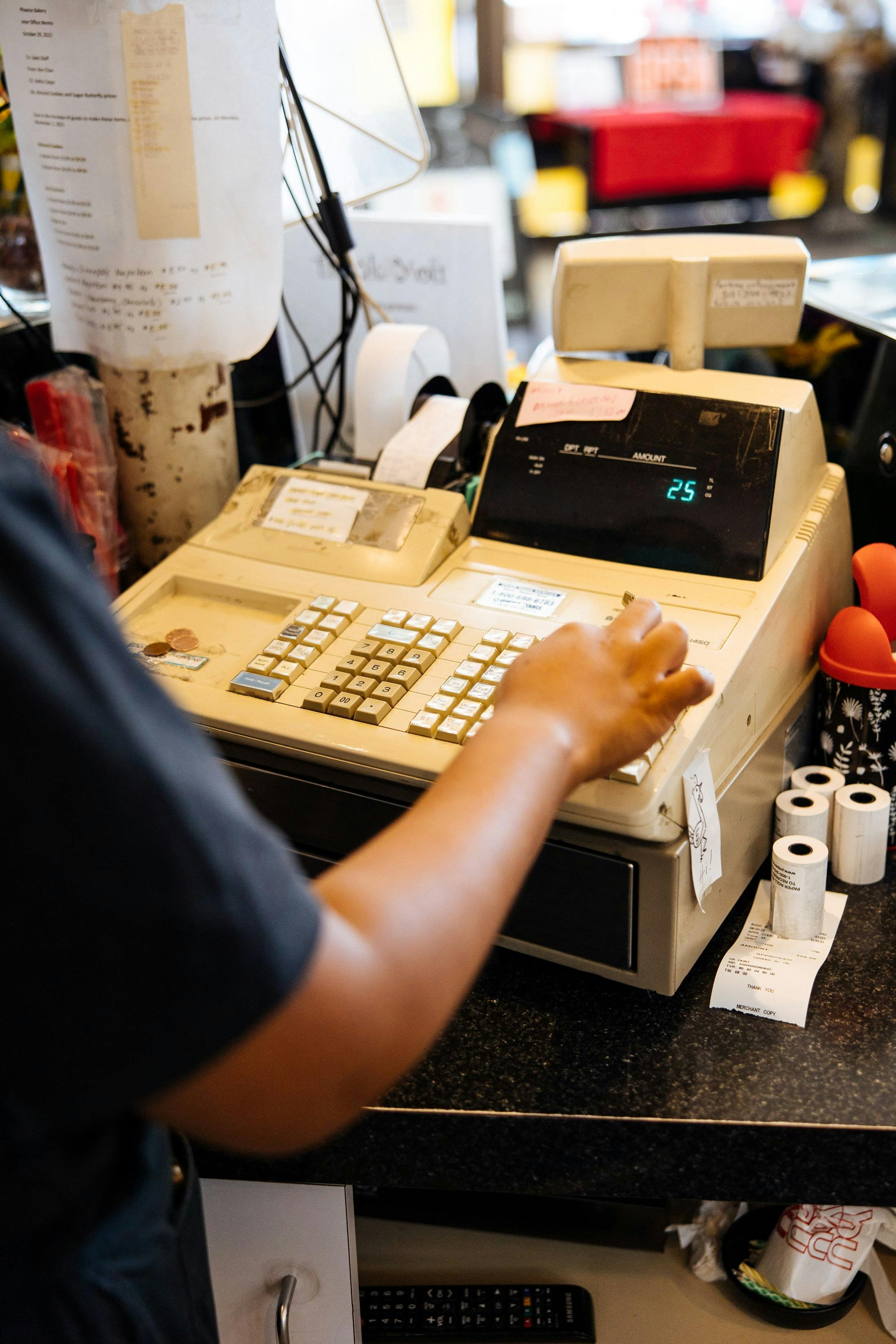
The history of food delivery: from the first pizza delivery to robots at your doorstep
In the modern era, with plenty of third-party apps at our disposal, food delivery has become an integral part of our daily routines. Experts project that the global revenue of online food delivery markets will be worth £815 billion by the end of 2023. But as a restaurant owner, have you ever thought about the origins of food delivery? Let's take a step back in time to uncover the evolution of convenience and takeaway, what the history teaches us about the industry today, and the future ahead.
Let's go back to the beginning
The growth of businesses and restaurants often stems from their ability to adapt to changing environments. Food delivery has been the solution to numerous challenges throughout human history. The journey began in 1785, as the United States embarked on industrialisation, and the population shifted to urban areas. At this time, people started purchasing milk from local dairy farmers, and since refrigeration was a luxury few had, milk delivery became standard practice.
But when we think of food delivery today, we think of more than just milk; we envision ordering a pizza. The recorded history of food delivery traces back to 1889 in Naples, Italy. King Humberto and Queen Marguerita of Savoy, feeling lazy, requested a pizza to be delivered by a famous pizza maker, Rafaele Esposito. Soon after, food delivery became a practical option, driven by a man in India named Mahadeo Havaji Bachche , who founded a company dedicated to preparing and delivering home-cooked lunches to the growing workforce in Mumbai.
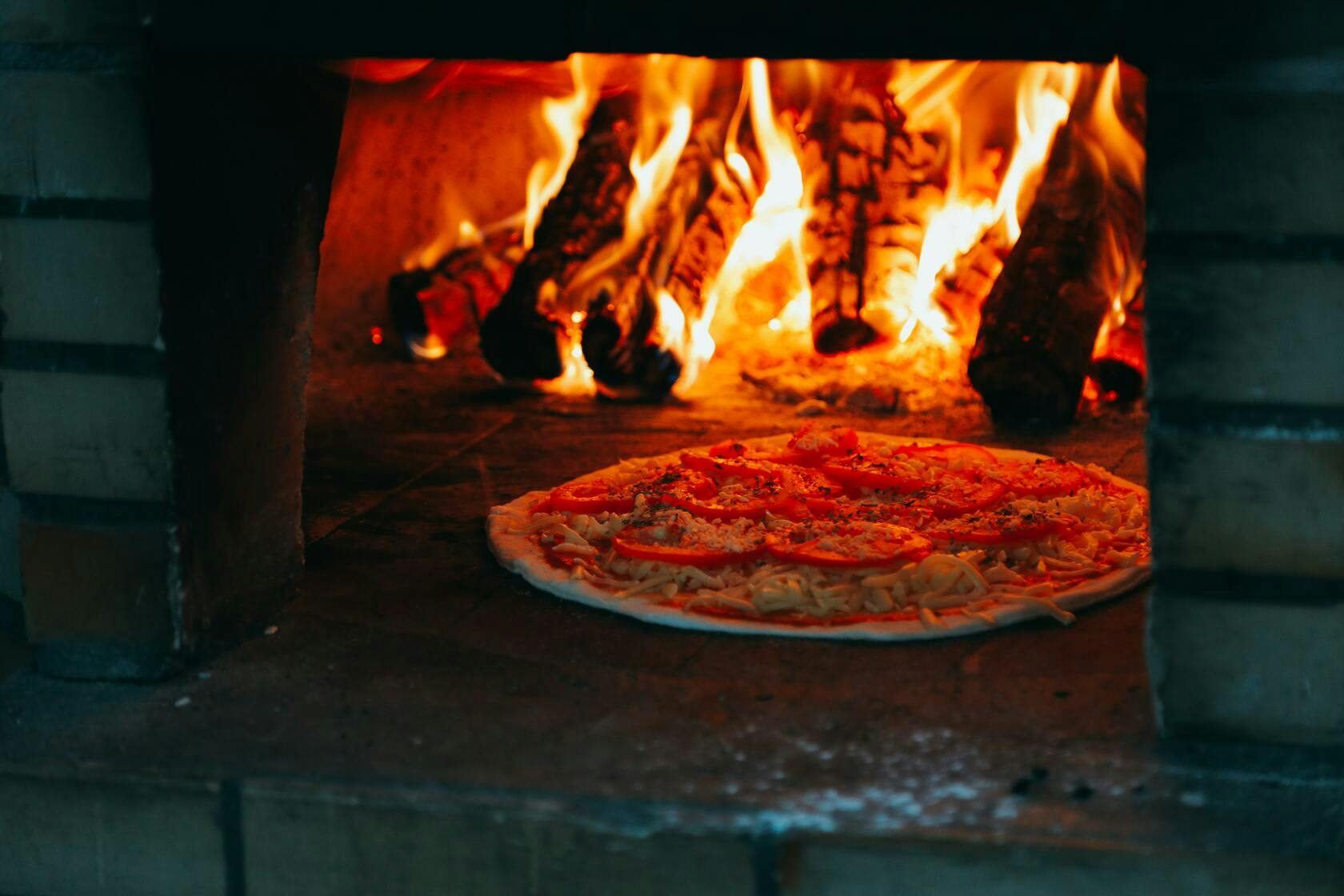
The internet era
Let's not forget the vital role that pizza plays in the world of food delivery. In the 1920s, Los Angeles became a hub for Chinese food when Kin-Chu Cafe emerged as "the only place on the West Coast making and delivering real Chinese dishes." Unfortunately, the Great Depression of 1929 and World War II brought years of economic hardship, endangering food delivery and Kin-Chu Cafe. However, when the war ended, and American soldiers returned home seeking comfort, the advent of technology and a newfound appetite for Italian food drove restaurants to adapt once again to meet a new demand: TV Dinners.
The 1950s saw the continued rise of pizza as households increasingly gathered around their televisions. This shift led people to prefer staying home rather than dining out. In response, restaurants began offering takeaway and delivery services. In Los Angeles, Casa D'Amore emerged as a pioneer, offering free delivery for orders over $2.50.
Fast forward to 1990, a pivotal year when the internet revolutionised our world. PizzaNet, launched by Pizza Hut, became one of the first-ever websites, simplifying the delivery process and adding excitement to the process. Remarkably, PizzaNet is still up and running (click here to order).
Got your pizza? Let's keep going!
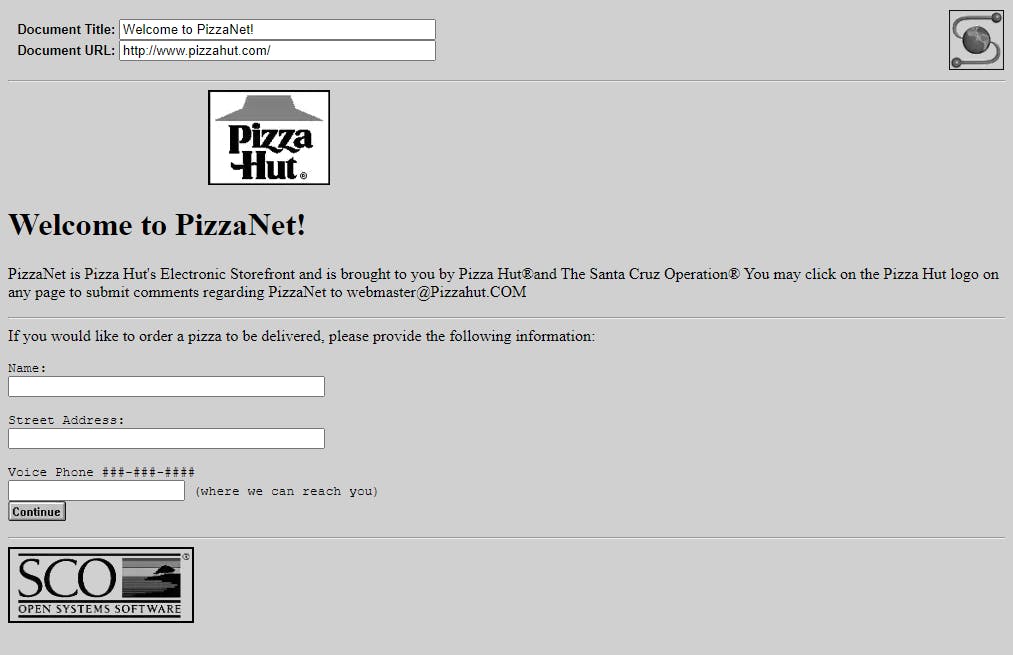
In 1995, right after the first online order was placed, the first online delivery service made its debut with waiter.com, offering deliveries from 60 different restaurants. As the number of internet users grew, a couple of New York entrepreneurs introduced Seamlessweb, followed by its top competitor, Grubhub, in 1999. After years of fierce competition, both companies merged in 2011. DoorDash and Uber Eats also entered the delivery service race, and today, these three companies account for 80% of all online food deliveries, serving a customer base that reached 111 million users in 2020. This new business model transformed customer behaviour, inspiring other markets to create platforms that offer a wide range of items and services.
In 2020, the global pandemic accelerated this transformation by forcing the closure of most public spaces and prompting businesses to adapt. Food delivery, for the first time in history, became a near necessity as the restaurant industry confronted its most significant challenge in modern times. Between February and April, restaurants quickly adapted to takeaway and delivery, leading to an astonishing 840% increase in global weekly sales through online ordering.
Today, we have an extensive list of restaurants to choose from. The delivery trend has expanded into nearly every industry, allowing us to receive almost anything with a simple click. Before our eyes, 'instant' replaced 'two-day shipping' in the United Kingdom as platforms became faster and more robust. Even home-delivered meal kits gained popularity, with companies like Blue Apron, Hello Fresh, and Marley Spoon simplifying at-home cooking. Surprisingly, even alcohol, one of the most challenging products to sell online, has become a trendy item to deliver. A whopping 35% of customers and 53% of millennials are more likely to choose a restaurant if it offers to-go alcoholic beverages.
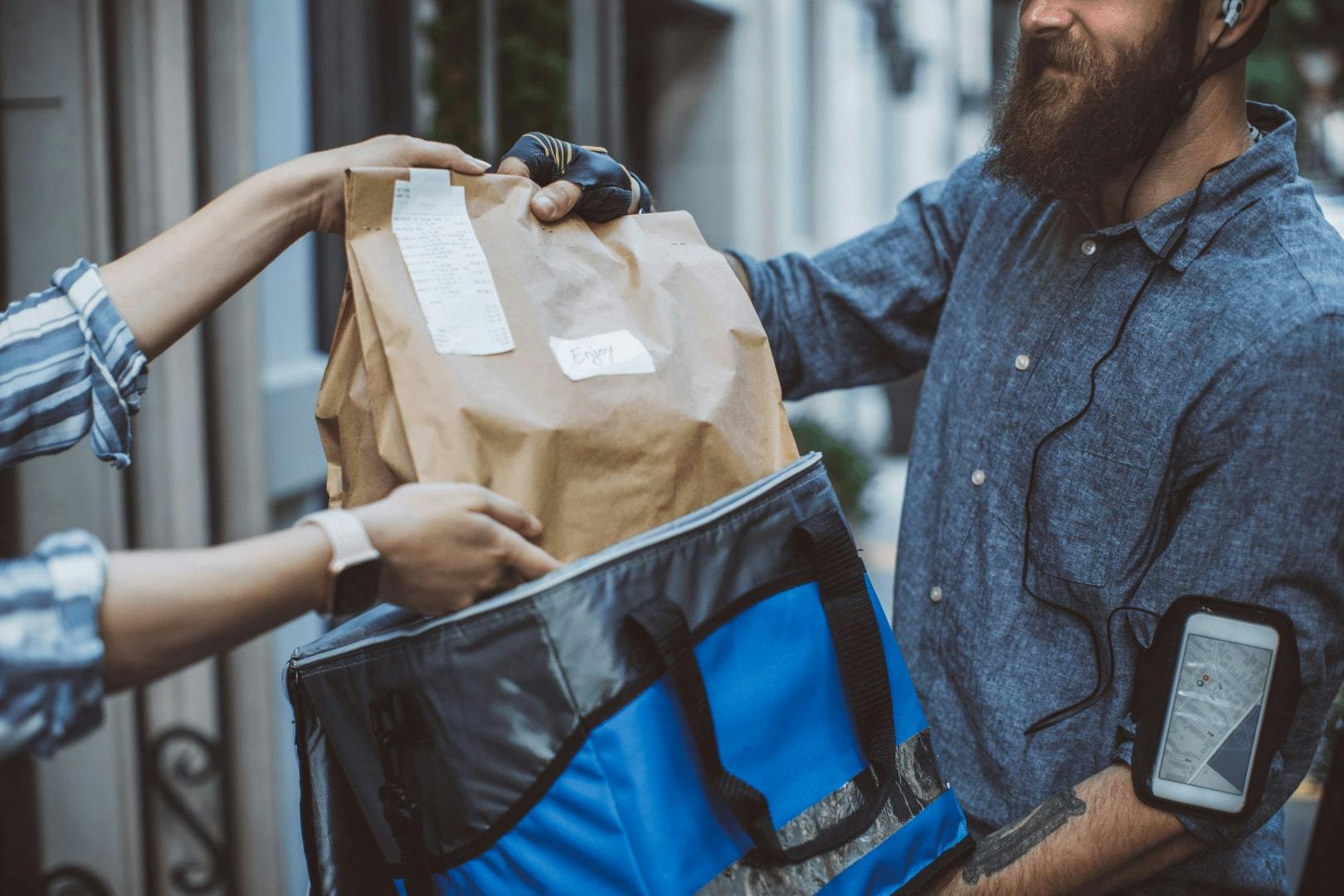
Where are we headed now?
Now that we've uncovered the origins of food delivery, where are we heading? While robots may not entirely take over the industry, they will undoubtedly play a significant role. Companies have been utilizing drones for deliveries since 2012, and many are now investing substantial resources in advanced technology to expedite their delivery processes. Domino's has already delivered pizzas to customers using drones in New Zealand, and Yandex has introduced robots in central Moscow.
For centuries, technology has simplified our lives, and research suggests that the food delivery industry will experience remarkable growth. Incisiv predicts that digital sales will make up over half of all restaurant sales, with the global market projected to reach £151.5 billion by 2025. The history and future of food delivery has shown that it will remain a vital part of the restaurant industry and our daily lives.
So, what are you waiting for? Let's streamline and optimise your delivery process to ensure your restaurant's long-term success.
